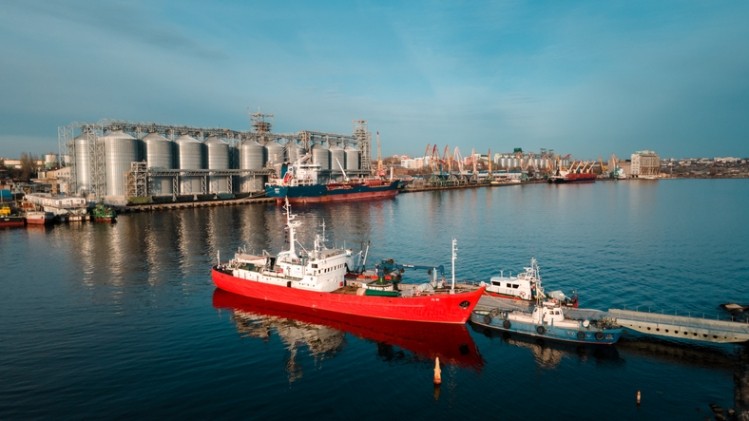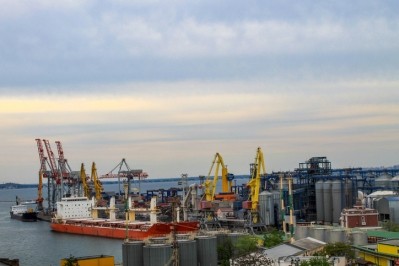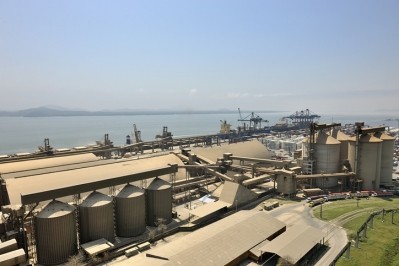Black Sea Grain Initiative: Russia reportedly greenlights extension for 60 days

The deal, established back in July 2022, allows the safe navigation of grain, related foodstuffs, and fertilizer from three Ukrainian ports: Odessa, Chernomorsk and Yuzhny.
With the deadline for extension of the initiative set to expire March 19, talks took place yesterday, and are ongoing, between Ukraine, Russia, Turkey, and the UN. The deal has previously been extended for 120 days, twice.
It looks as though talks are progressing to secure a renewal, though how long the renewal period is for remains unclear, noted the AHDB in a review.
Russian deputy foreign minister, Alexander Grushko, told Russian news agency, TASS, that the grain deal has been extended for 60 days only, which would be half of the previous renewal period. Russia agreeing to a 60-day extension was also confirmed by the Turkish defense ministry, found the AHDB report.
But Ukraine said it will keep to the 120-day extension and indicated that the original agreement states extensions are possible for a minimum of 120 days and should be amended if this period is shorter. Turkey states that talks are ongoing.
The UN Secretary-General yesterday said that the UN remains fully committed to the Black Sea Grain Initiative, as well as to efforts to facilitate the export of Russian food and fertilizer.
Softer commodity prices forecast
Meawhile, according to analysis from UK based Shore Capital, there are multiple indicators for softer wheat, corn and soybean prices going forward.
Among the key factors supporting the analysts’ view are early signs of improved acreage versus last year in the US and EU, more affordable fertilizer prices, downward pressure on shipping container rates, and an anticipated extension of the Black Sea grain corridor.
US acreage is at a seven year high, noted the Shore Capital team. "Across the pond combined acreage for wheat, soybeans and corn is up around 3% on the prior year, to 228m acres, as well as about 3% ahead of the seven-year average. This, we sense, is a response to crop prices remaining high by historical standards and downward momentum in the basket of core input costs encouraging farmers to resume ‘normal’ planting practices."
They highlighted that increased production of corn could widen the scope for further biofuel and biogas production, therefore perhaps helping slightly ease demand pressure on crude and natural gas in due course.
There are European planting upgrades predicted as well. Consultancy firm, Stratégie Grains, revised its wheat production forecasts upwards for the second month in a row for 2023/24: "If realised, this would mean production would be up 3.3% YoY and 4% ahead of the five-year average. Barley is also expected to be up 2% YoY and corn up 25% YoY following a year of poor conditions in 2022/23," said the Shore Capital team.








